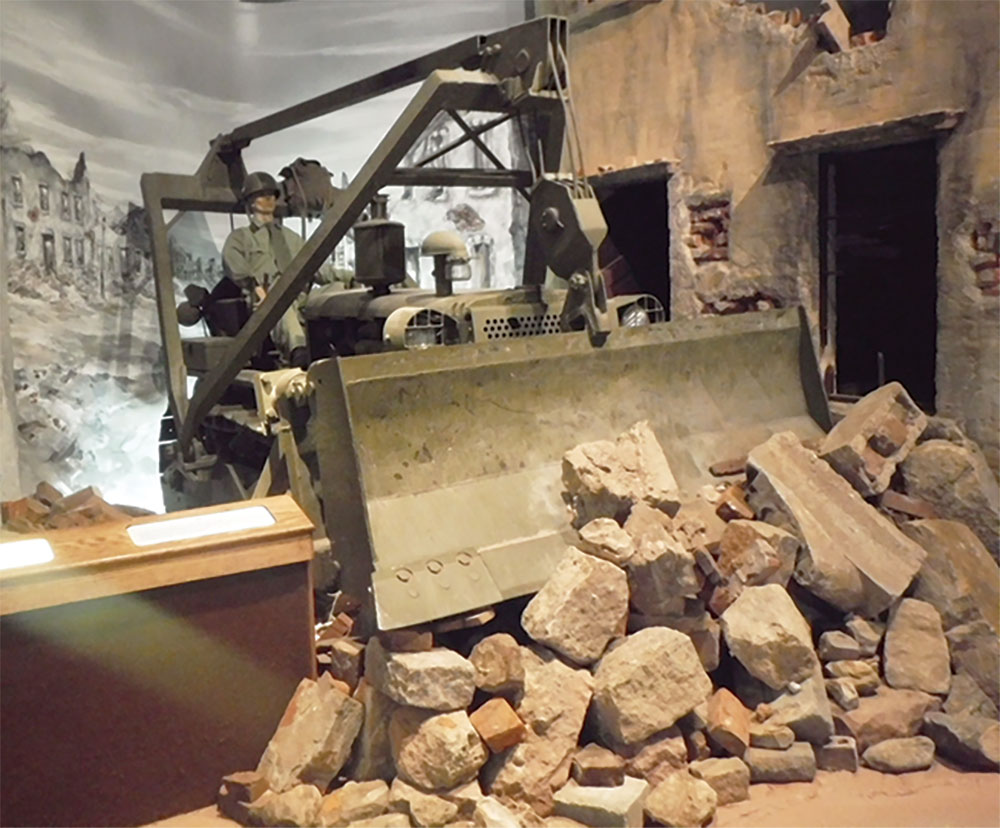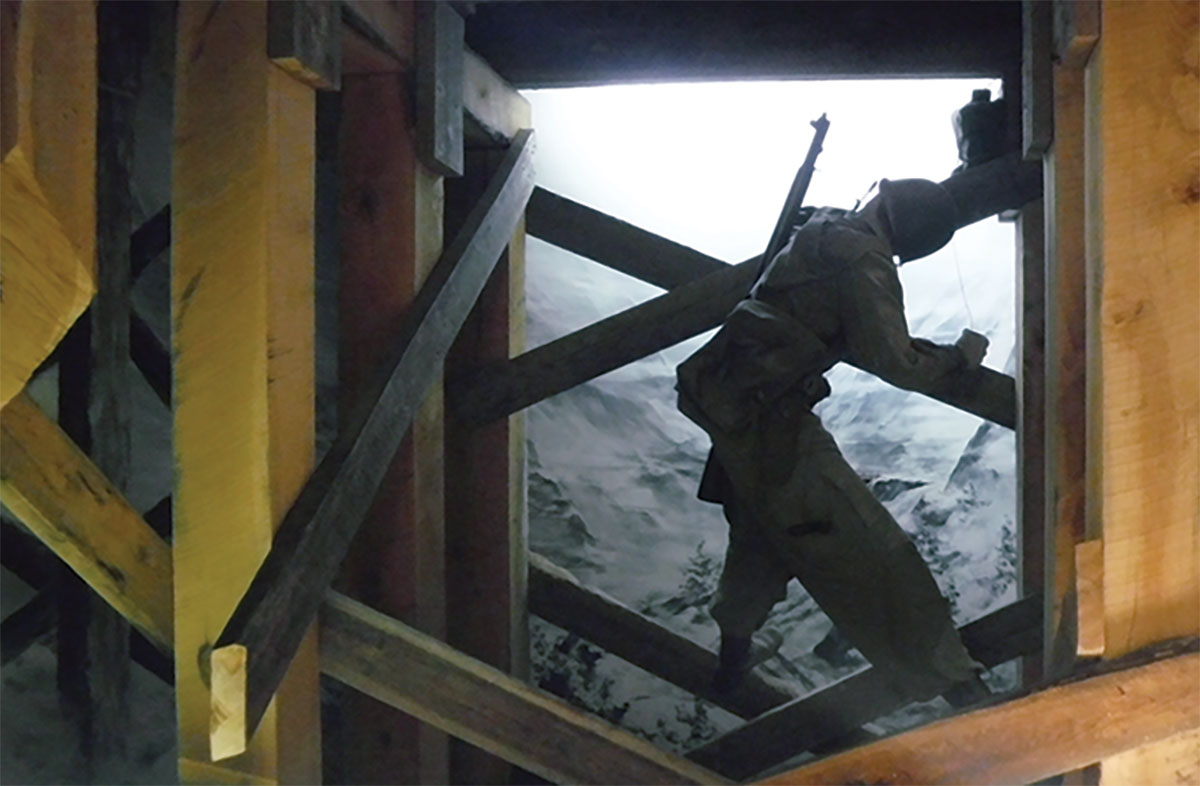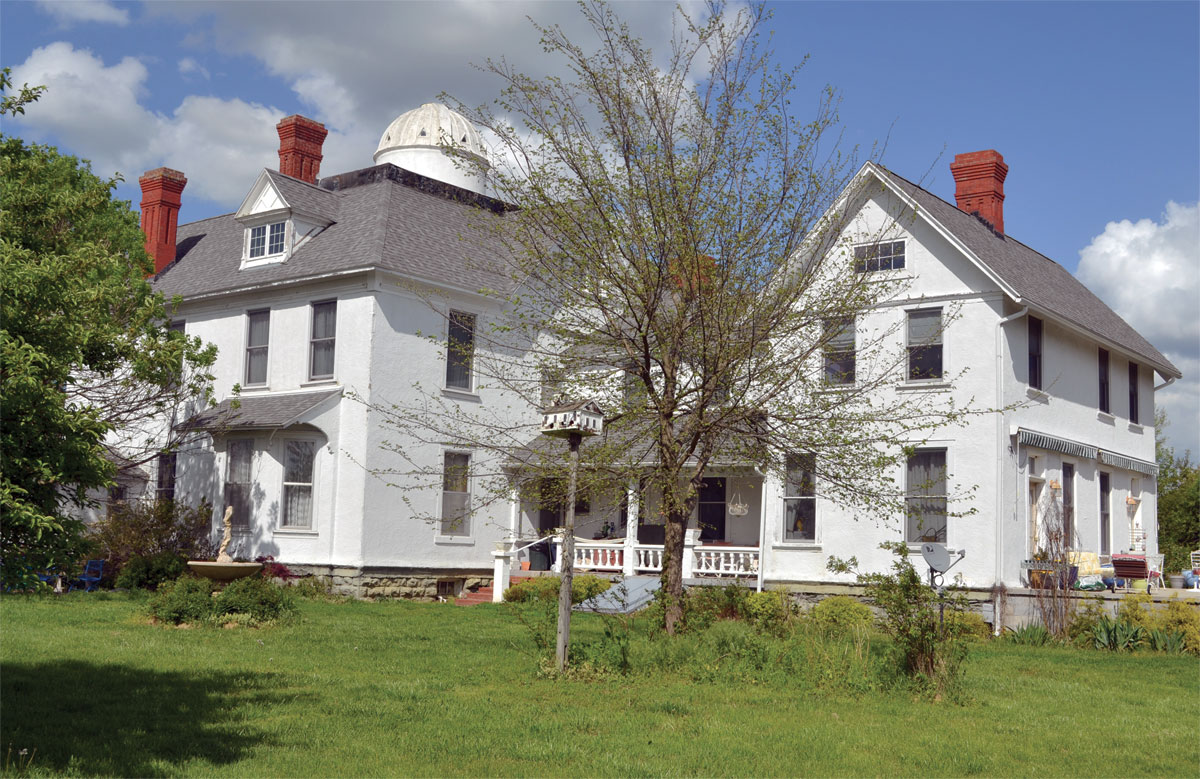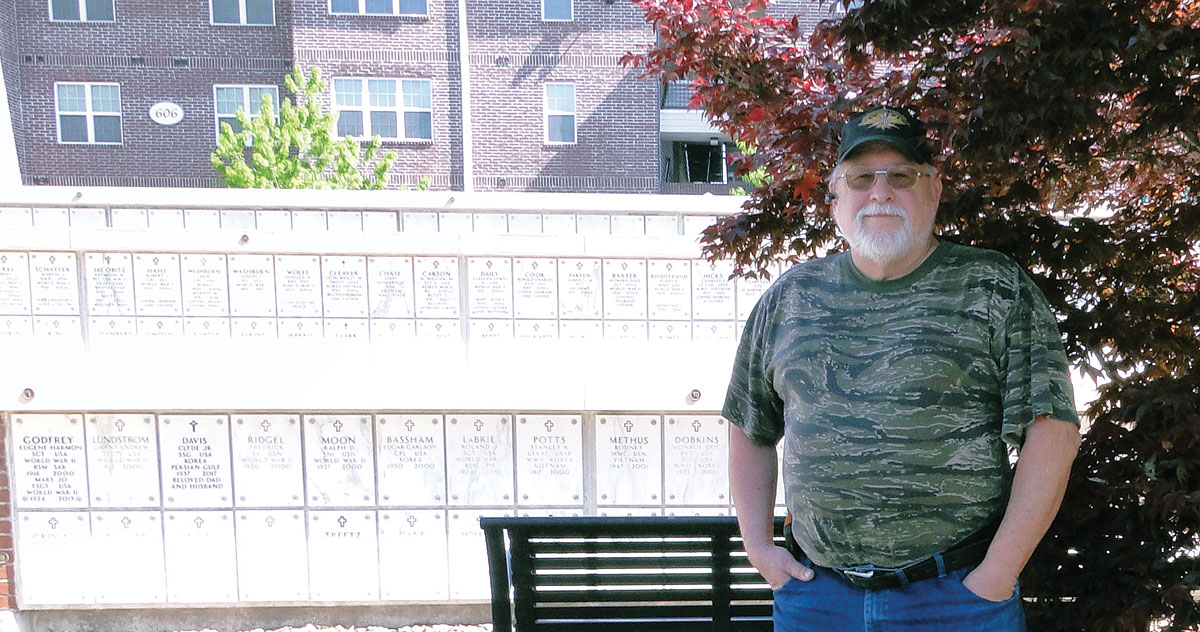
Fort Leonard Wood’s John B. Mahaffey Museum aids in the training of soldiers
Located at 14296 South Dakota Ave., Building 1607 on the grounds of Fort Leonard Wood, Mo., the John B. Mahaffey Museum houses three museums in more than 23,000 square feet of gallery space.
Dedicated to preserving the history of the Engineer, Chemical Corps and Military Police, the artifacts of the Army Museum were compiled over many years, from many locations.
The United States Army has been preserving its history since 1824, when Congress asked the Army to keep records of its accomplishments. Some artifacts date from the 1700s.
“If you think of the Army’s history like a pizza; what the Army does, is they take that history and slice it up by the branches; infantry, artillery, engineering, administrative, or units like 1st Cavalry Division or 82nd Airborne Division,” Engineering Museum Director Troy Morgan said. “And then the individual museums across the Army laser focus on their slice.”
The result is many different museums located on different bases across the country, all telling a slightly different chapter of the Army’s history.
Part of the job of the John B. Mahaffey Museum is to train soldiers on the history of the different branches of the Army, and in the process, help them to become better soldiers. Troy pointed to the museum’s history, which is passed down to each soldier as playing a part in making our Army strong.
“You have made a commitment that you are going to put the freedom and values of this nation above your personal needs and desires,” he said. “What army museums do is, we record those personal stories, and share them with the next generation.”
Particularly striking are the life size displays of soldiers in combat situations, authentic enough to require a second look.
The Engineering Museum moved from Fort Belvoir, Va., in 1989, where it was established in 1954.
Troy has worked at the Engineering Museum for 10 years.
“My favorite parts are training soldiers, and meeting veterans,” he said. “Most people who come here are really happy, so it’s easy to go home with a smile on your face.”
The Army Corps of Engineers are responsible for building bridges, digging tunnels, building runways for aircraft, and every aspect of making sure soldiers can engage the enemy in combat, despite any rugged terrain they may encounter.
The Chemical Corps Museum was established after the World War 1 Armistice and was originally housed at the Gas Defense Plant on Long Island, NY. The Chemical Corps Museum records the various stages in the development and use of chemical weapons, from World War I to the present, including gas masks.
There is a “Micky Mouse” gas mask, which was an attempt to make the idea of chemical warfare not so scary for children.
Kip Lindberg has been director of the U.S. Army Chemical Corps Museum since 2008.
“Without a doubt, the best part of working at the Chemical Corps Museum is having the privilege of interpreting our branch’s 101-year history to our soldiers and the American public,” he said. “Every chemical corps soldier undergoing training at Fort Leonard Wood gets a block of instruction on their branch history, and ‘our museum in their classroom.’ Then on graduation day, we get to see these fine men and women proudly giving their family a tour of their museum.”
The Military Police Museum is dedicated to tracing the history of the military police from the 1700s to the present. The Military Police Corps Museum officially began at the Provost Marshal General Center at Fort Gordon, before moving to Fort Leonard Wood where it opened in September 2000.
The professional Military Police Corps had its beginnings in France during World War I, but the organization was officially formed in September 1941. They played an important role in the Cold War, as M.P.’s began Checkpoint Charlie in Berlin in August of 1961 and continued to man that service until it closed in June 1990.
The Military Police Corps also won honors when serving in Vietnam during the Tet Offensive of 1968, when it was upgraded to a higher level of responsibility for the Army.
James Rogers has been the director of the Military Police Museum since March 2003.
“I most prefer conducting historical research regarding the design, development, use and interpretation (either for public exhibit or written articles) of the artifacts in our collection,” he said. “Also searching for appropriate artifact additions that we may be lacking to support the museum story line,” he added.
The John B. Mahaffey Museum at Fort Leonard Wood remains a popular attraction, with half a million visitors each year, including soldiers from other countries.
The future of the museum is bright, though change in on the way.
“All three museums here at FLW are in the beginning process of consolidation of administrative and operational functions that are intended to allow the branch director/curators more emphasis on artifact curation and research,” James Rogers said.
The museum is open to the general public. Visitors from outside the base must stop at the main gate, where their I.D. is checked. A valid driver’s license, or some other form of official identification is required.







